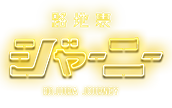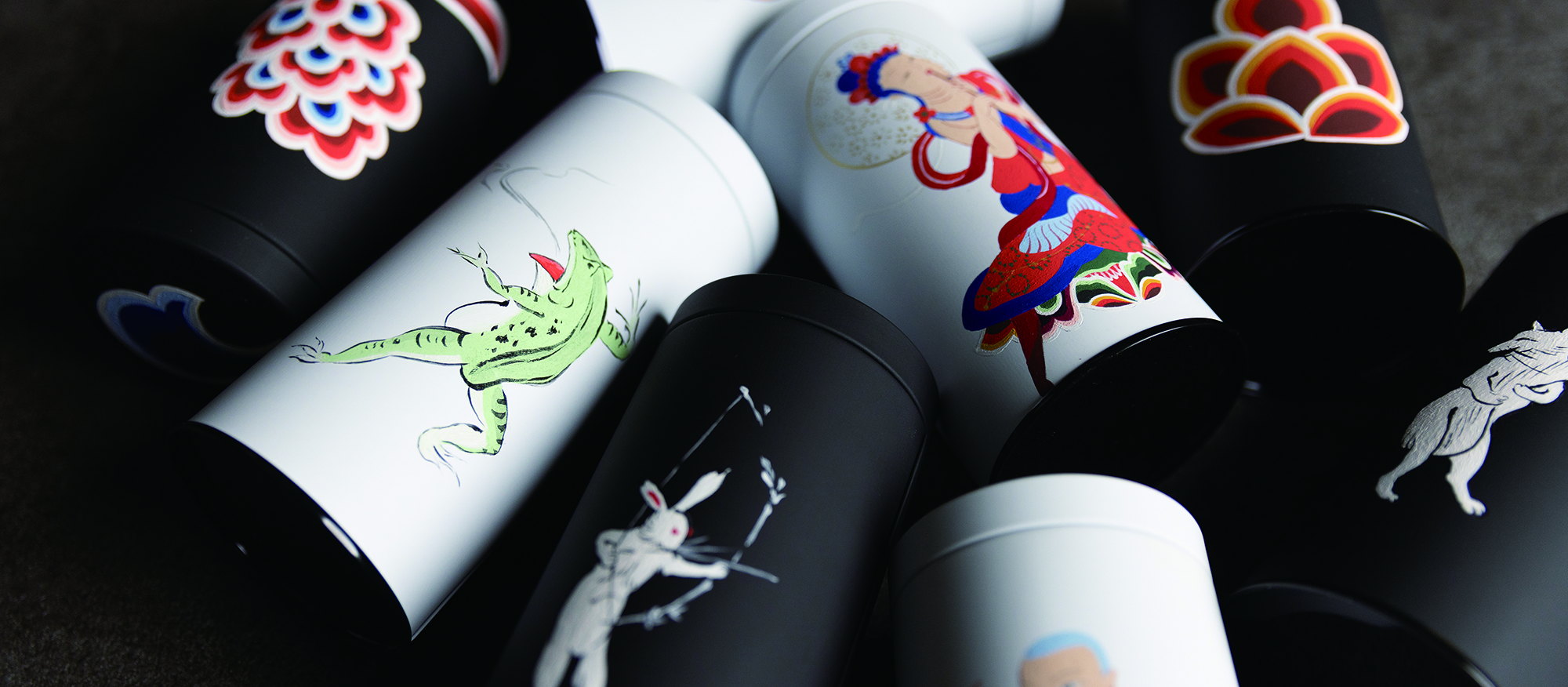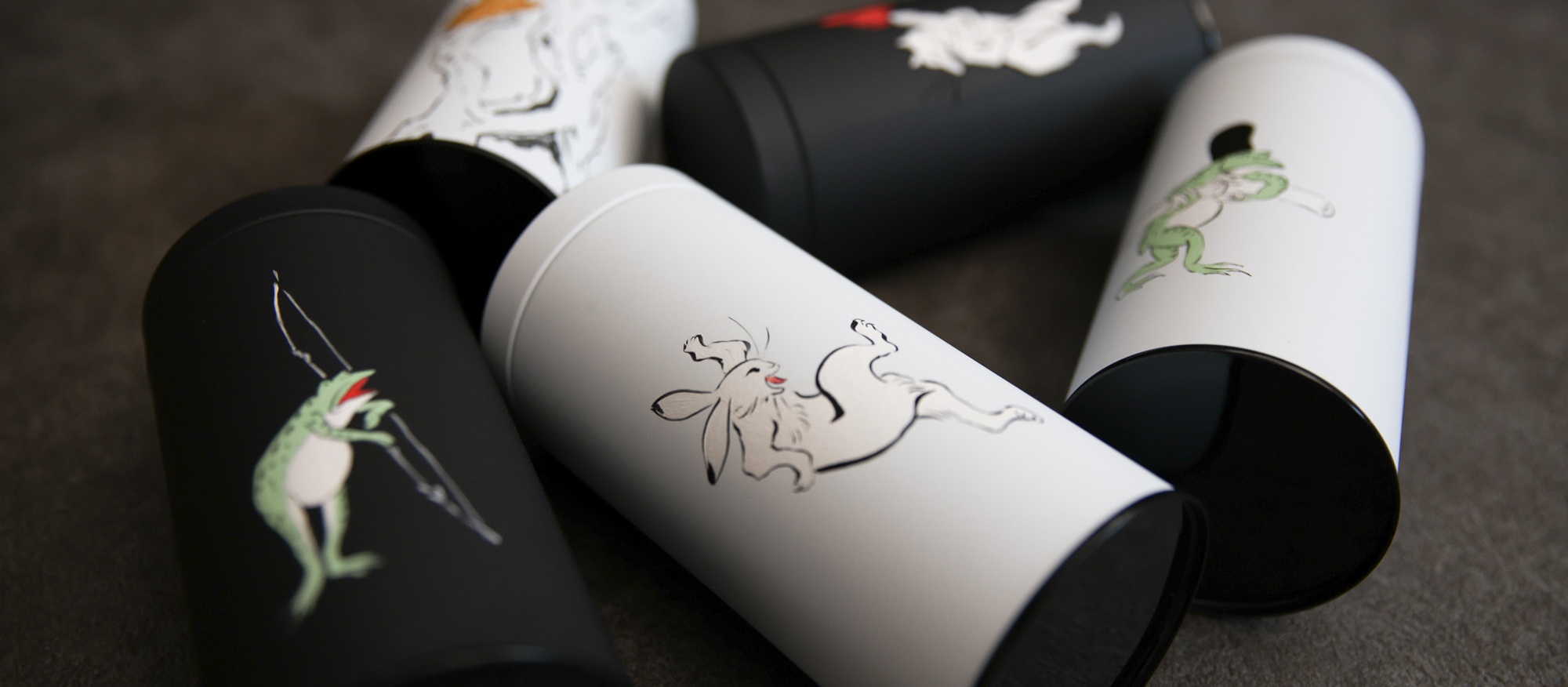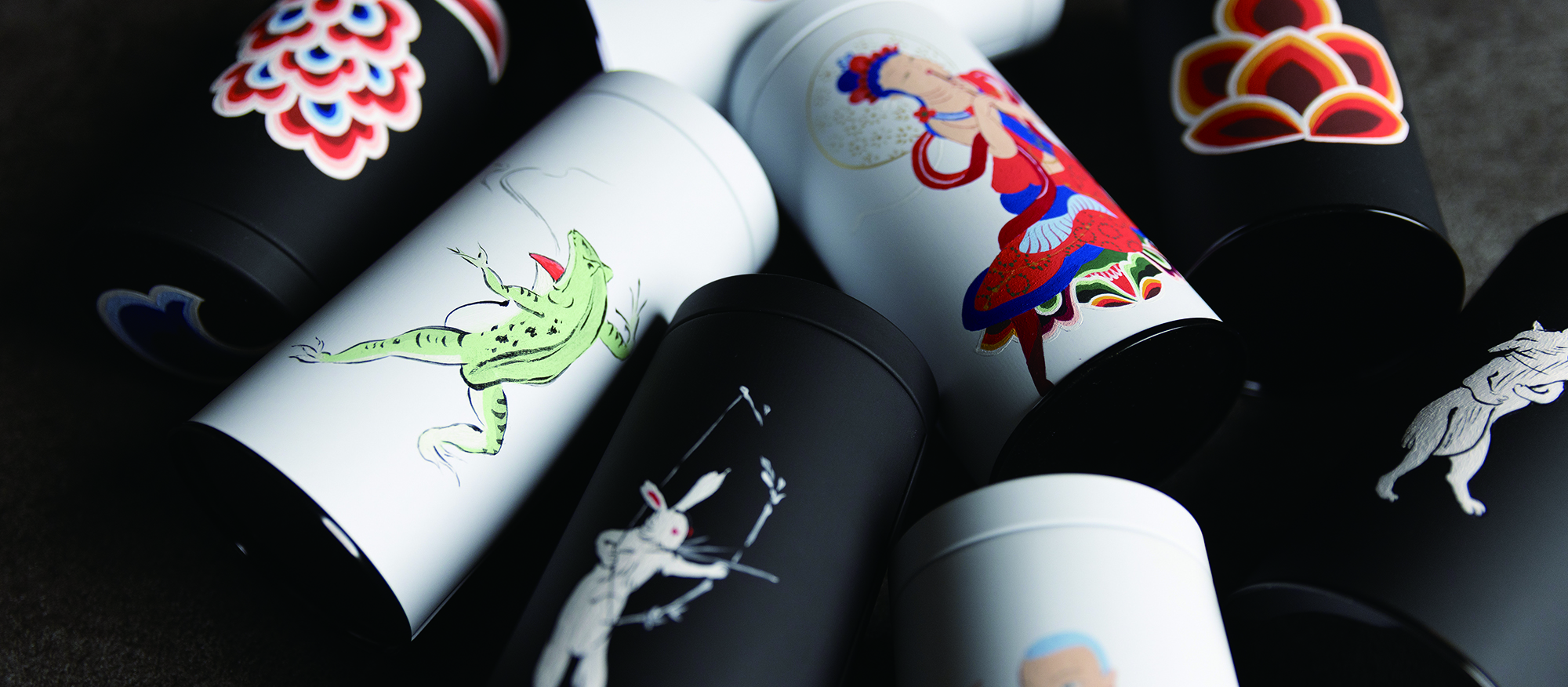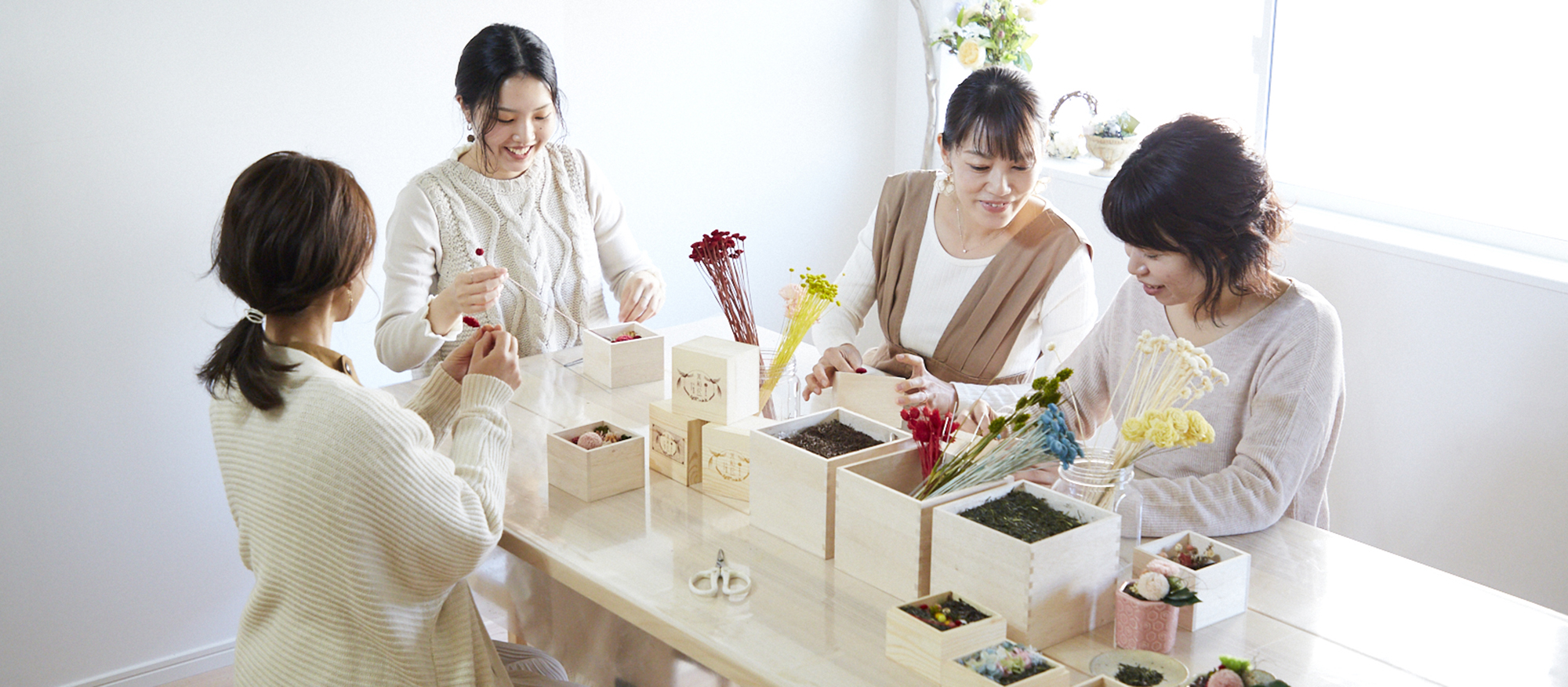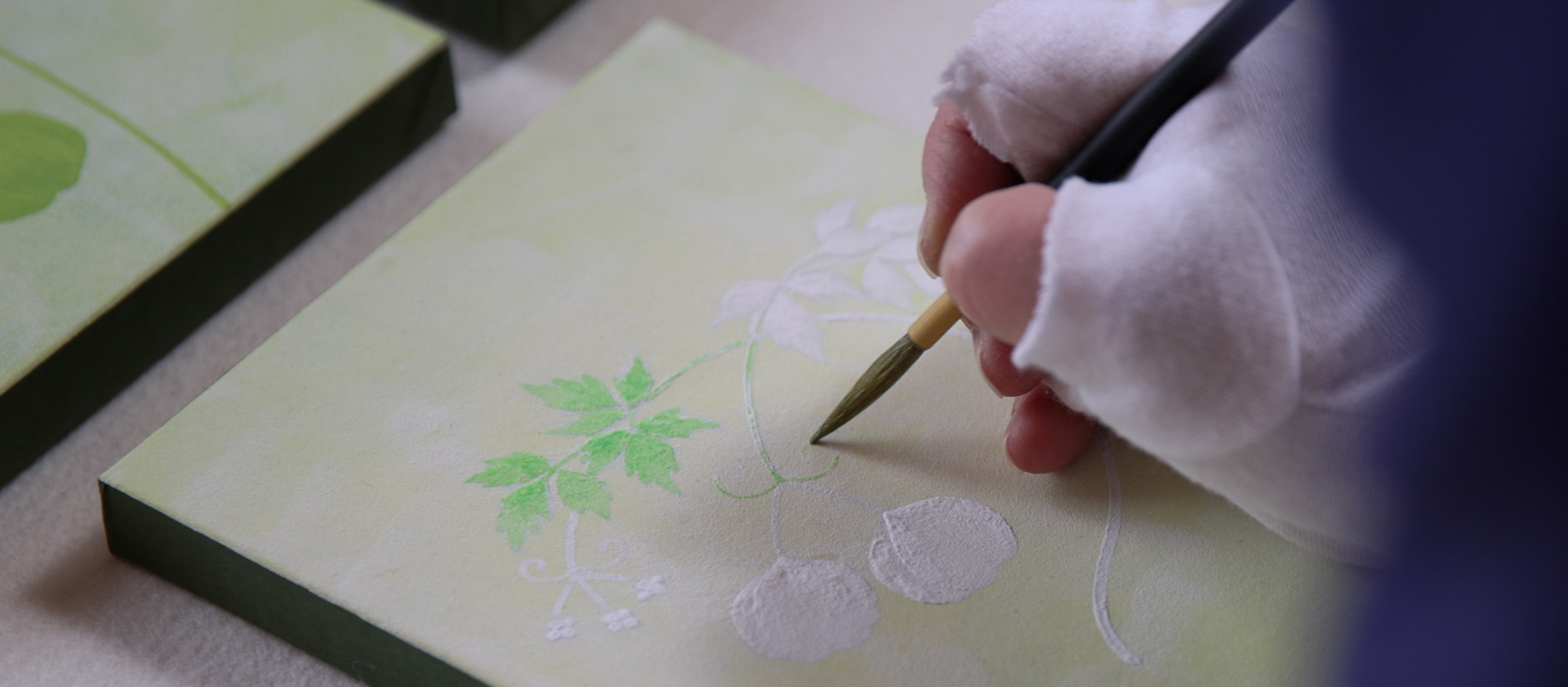Craft History, Culture, Nature
Restaurant experience learned from restoration master Yukie Kutsuwada
Tour Number 03
Proceed to booking


Tour Features
Ms. Yukie Kutsuwada, a restorer who has long been involved in the restoration of famous cultural properties, shrines and temples mainly in Kyoto, such as Kyoto Imperial Palace, Myoshinji, Byodo-in, Kiyomizu-dera and Yasaka-jinja, will guide for this experience.
In the work of restoring cultural properties, there are not only two-dimensional but also three-dimensional objects, which require delicate work.
This time, we will use a "tea caddy" unique to Uji, inspired by the restoration of a three-dimensional object, a torii (a Shinto shrine gate).
The subjects to be painted are the "Birds and Animals Caricatures," picture scrolls from Kozanji Temple in Kyoto City, where the first tea was produced in Japan and later brought tea to Uji, and the "Byodoin Temple Painting" from Byodoin, a World Heritage site in Uji.
Enjoy the immersion time, like drawing on a curved surface instead of a flat surface, working carefully point by point, and learning how to direct your feelings.
You can put a Ujicha tea souvenir (10 packs) in the finished tea box and take it home to enjoy it as a souvenir.
Tour Program
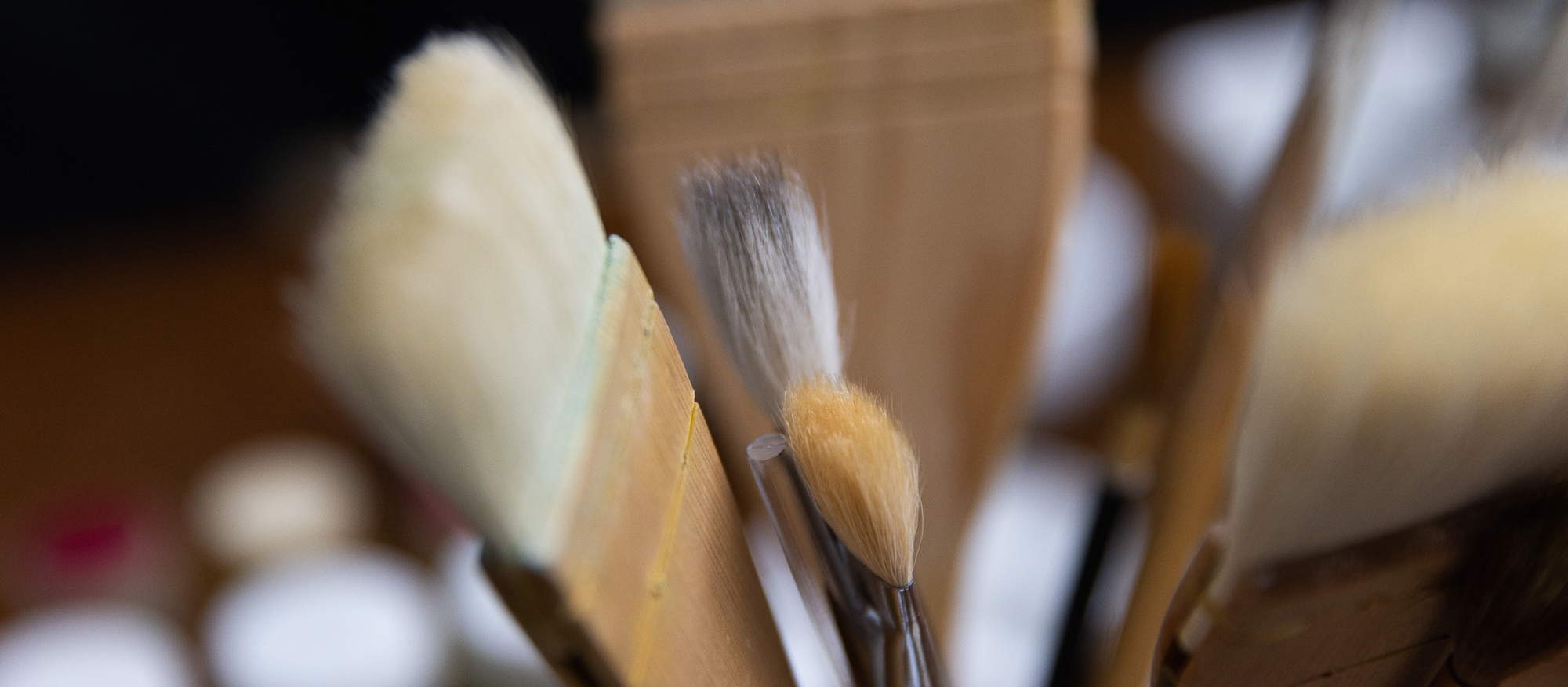
Authentic painting materials used in restoration
What is the restoration of cultural property?
It involves investigating and diagnosing damage to cultural property such as paintings, ancient documents, Buddhist buildings and statues, and restoring them. Use the restoration techniques necessary to maintain the current state of conservation. Large-scale construction of Buddhist statues, temples and shrines can take years.
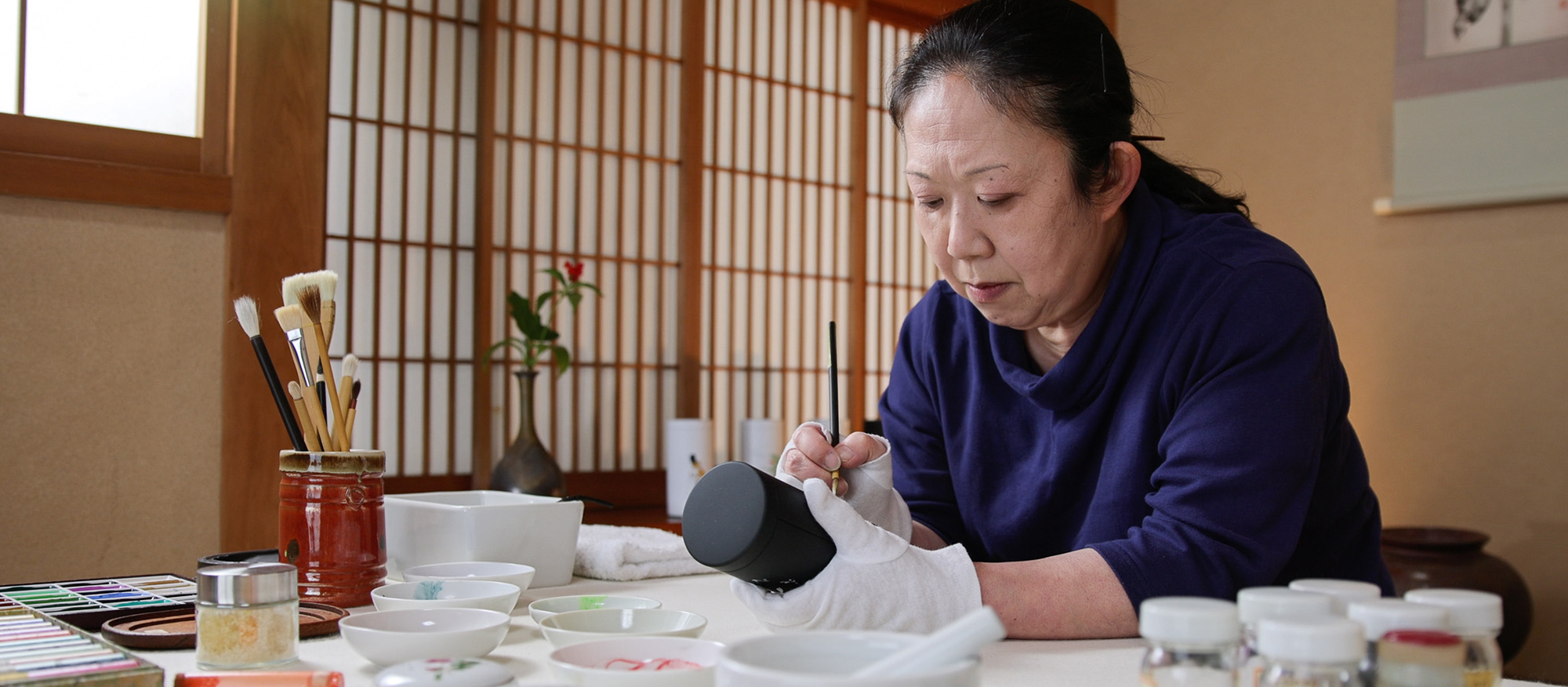
Yukie Kutsuwada, a restorer who has long been involved in the restoration of renowned cultural properties, shrines and temples
Ms. Yukie Kutsuwada, a restaurateur and instructor
Profile
When I was in elementary school, I started going to a local children's workshop, and that's what inspired me to draw. I loved it so much that I continued, majoring in oil painting when I was in middle school and high school, then majoring in Japanese painting in college. I think I was really drawn to the atmosphere of Japanese paintings. After graduating, I got a job making Nishijin kimonos. Around this time I started making hanging scrolls so I could draw on the silk screens used to write calligraphy and paintings. After that, I was involved in the restoration of cultural properties by fate, and I have been involved in it until now. I am thinking of kimono patterns, creating Japanese paintings, like hanging scrolls, etc. As for cultural property, I have created various paintings and sculptures for temples and shrines. I wish I could tell you more about this experience.
Graduated from the Department of Japanese Painting, Saga Art Junior College, Member of the Exhibition (Japanese Painting)
Recent painting experience
Gishumon Metal Ink Ink, Kyoto Imperial Palace Metal Ink Ink, Rengejoin Door Painting New, Nakazanji Kannondo Ceiling Coloring, Myoshinji Nio Statue Coloring, Phoenix Ceiling Painting New, Shoonji Temple, Rensuiji Temple Destruction Compensation, Cloud Hyogu Painting Creation / Gokuraku-ji Temple Shotoku Taishi Statue / Jodoji Temple Chozuya Sculpture / Shimogamo Shrine Main Hall Shishi Komainu Restoration / Higashi Honganji Temple Metal Fittings Miei-do / Ninna-ji Kondo Gofun-nuri / Byodoin Temple Raboku-do Azou Restoration / Kiyomizu-dera Amida-do Okunoin / Hino -o Shrine Main Hall Conservation and repair/Tanakura Mago Temple Shoubai-ji Framed Painting New Style/Yasaka Shrine Omiya Signboard Painting/Nagusa Shrine Worship Hall Main Hall Painting/Hogonji Kannondo Coloring/Kumano Nachi Taisha Worship Hall Painting/Kabashiri Shrine Main Hall Painting/Enryakuji Temple Painting of Konponchudo Hall
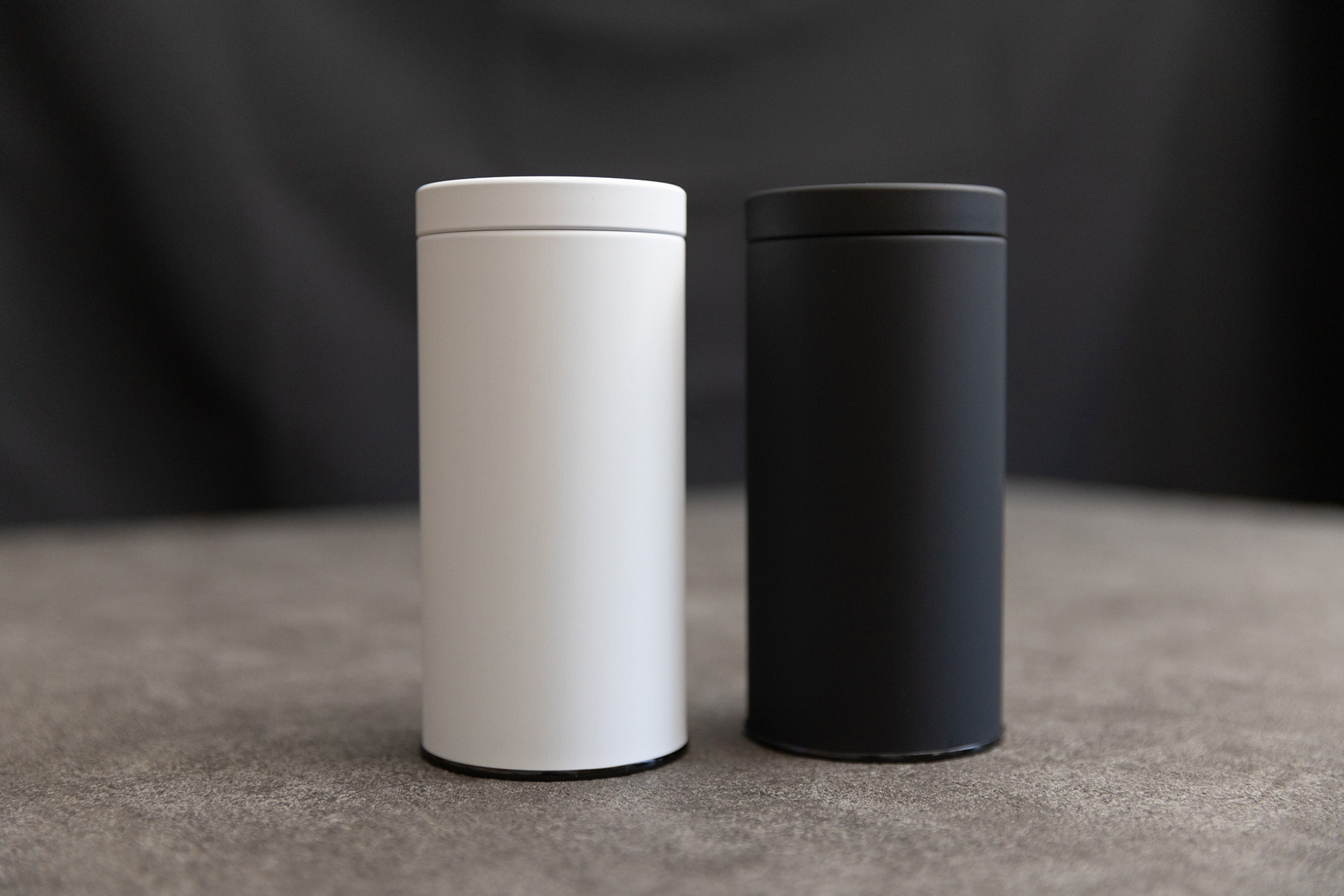
Simulated experience of restoration of cultural property, the tea box
Since we are going to live the experience in Uji, we will have a simulated experience of restoring a circular "tea box" container that contains Ujicha tea, a specialty of Kyoto and Uji, as a cultural asset.
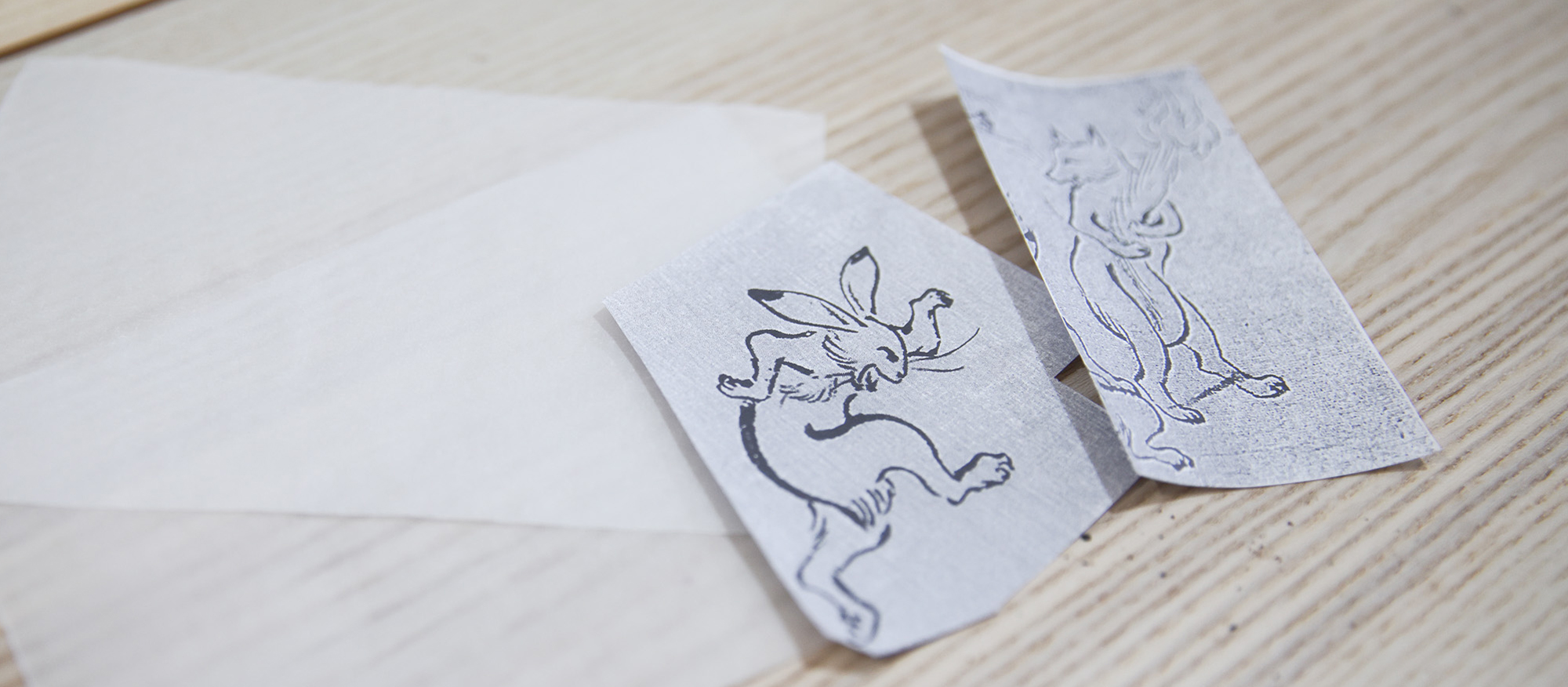
For your drawing, choose a topic related to Uji.
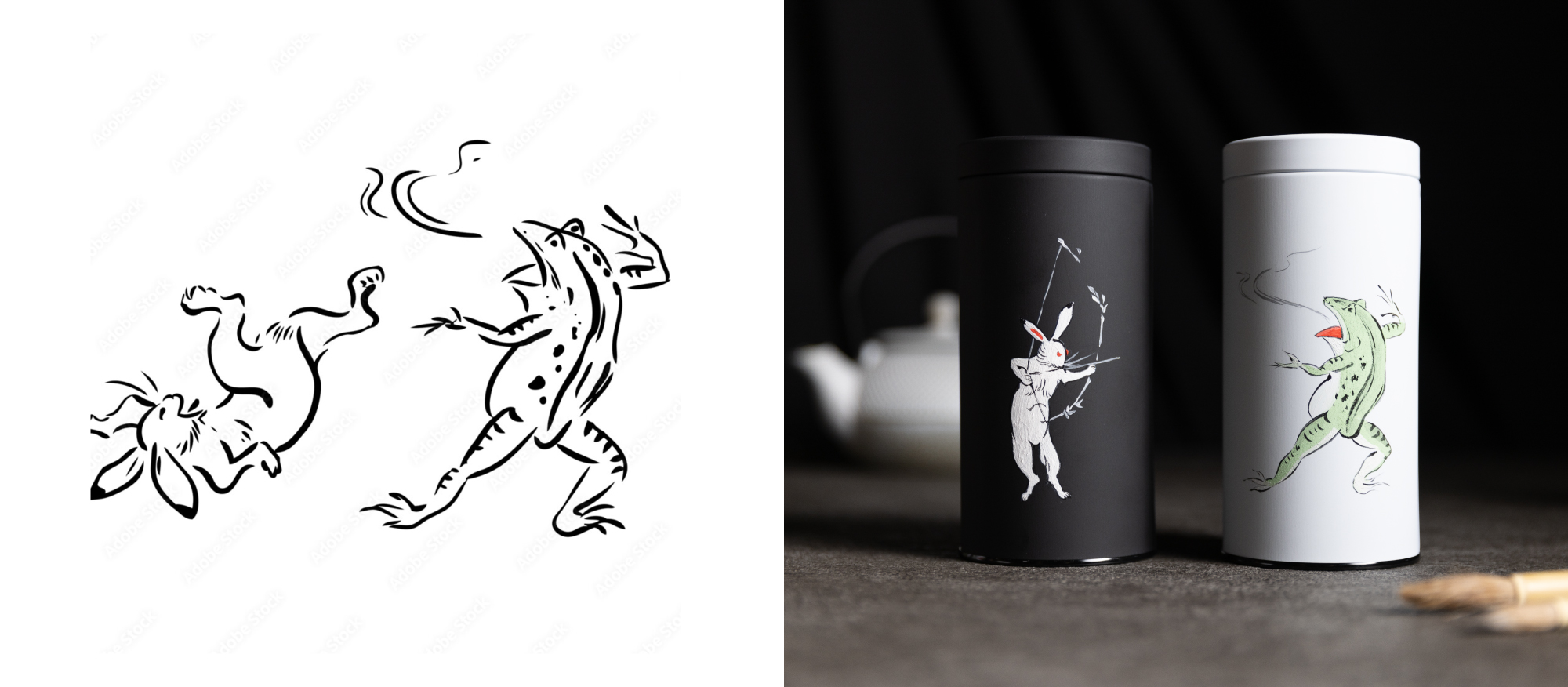
The subject to be drawn is a pattern that leads to Uji 01 (Choju Giga)
The first is the "Choju Giga" image scroll from Kozan-ji temple in the city of Kyoto, where tea was first planted in Japan and later brought to Uji. This is a popular theme often seen in souvenirs from Kyoto. You will draw rabbits, frogs, foxes, etc., referring to the teacher's sample.
Originally, the picture scroll is a black and white view of the world drawn in ink paint. This time we will use Japanese color painting materials to color and enjoy these famous drawings with original colors.
Bird and beast cartoon
This is a scroll of ink-on-paper calligraphy images transmitted to Kozan-ji Temple in Ukyo Ward, Kyoto City. It is a national treasure composed of 4 volumes.
There is no clear connection between the volumes, and the brush strokes and styles are different.
The content depicts the situation and society of the time it was drawn by anthropomorphizing animals such as frogs, rabbits, and foxes, and is sometimes used in modern manga. It is also called the "oldest manga"
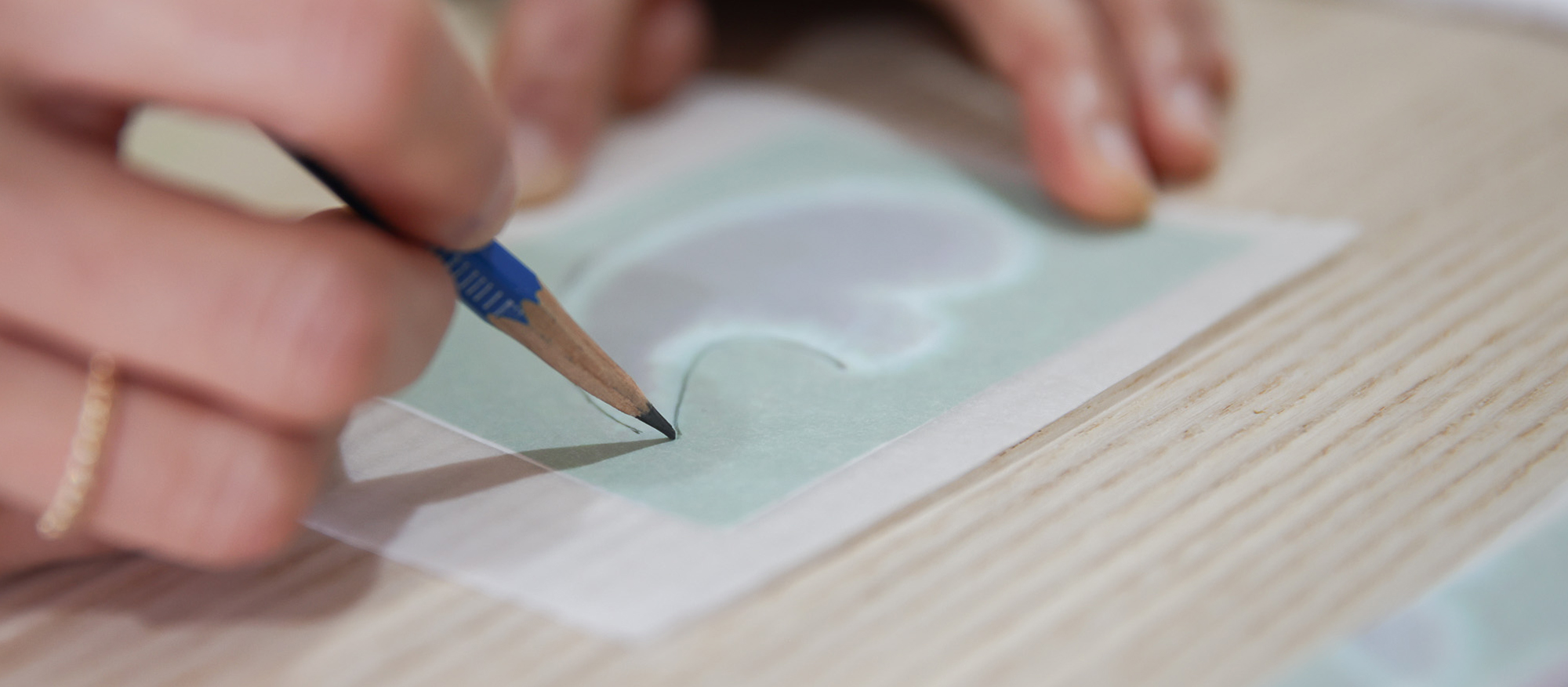
The subject to be drawn is a pattern that leads to Uji 02 (Byodo-in Temple painting)
The second theme is the Phoenix Hall of Byodoin Temple painting, which is about an eight-minute walk from the experience location.
the Phoenix Hall of Byodoin Temple is a very famous place which is drawn on the front of the Japanese 10 yen coin.
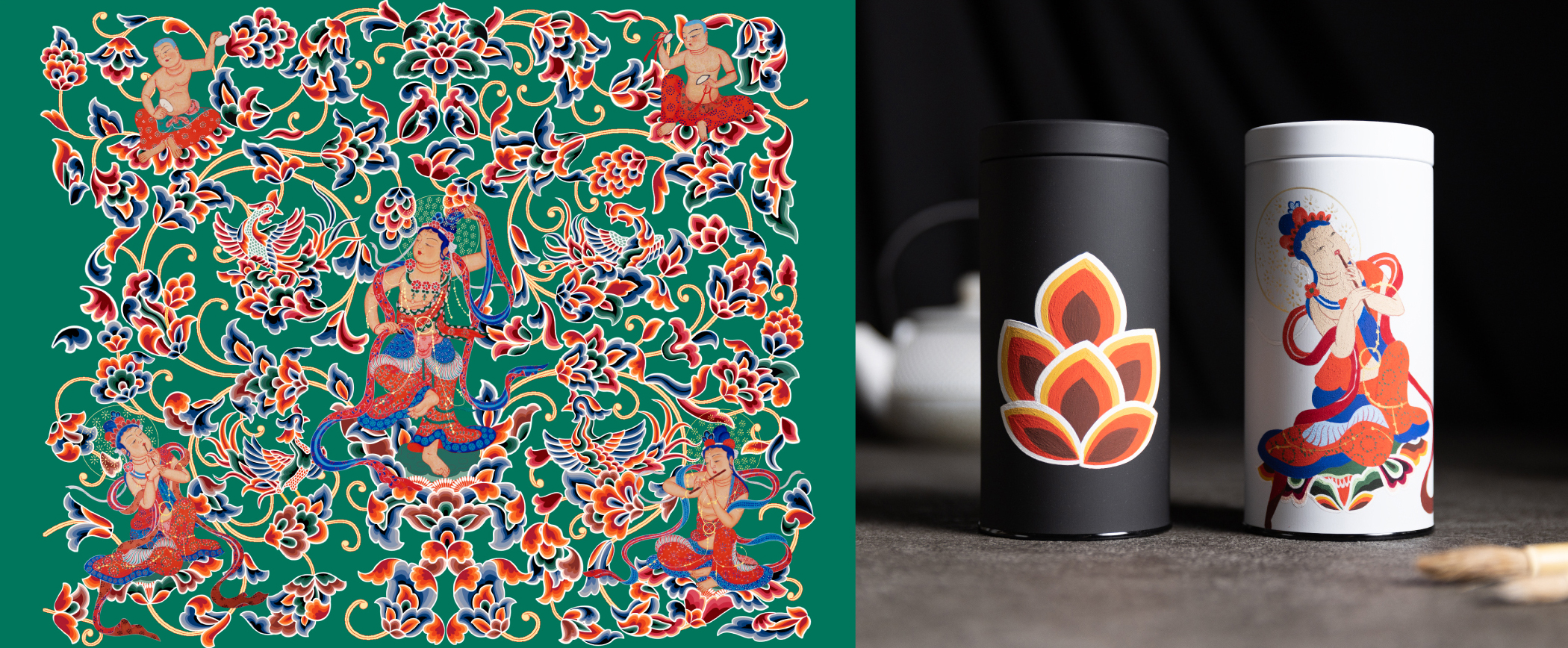
Phoenix Hall Colorful reproduction of CG in the Hall Ⓒ平等院
Characteristics of the Phoenix Hall of Byodoin Temple paints
A technique called Ungensaishiki
Among several coloring techniques, Gokusaikoku is a coloring method with a sense of depth. Layers of shellfish powder pigment are layered over the wooden base to create a solid, heavy base. We will explain the coloring technique to you. Water-based paints are used on the multi-layer base to create beautiful colors. Among the techniques using these rich colors is one of combining color shades sequentially and expressing the gradation step by step without blurring. It is called Ungensaishiki. It is a very effective coloring and painting technique that has been used for a long time all over the world. This is a classic technique that expresses the three-dimensionality and splendor of coloring. It is used in Buddhist paintings, coloring Buddhist statues, and decorating buildings and temples.
the Phoenix Hall of Byodoin Temple
Built in 1053, it was later called Phoenix Hall because of the phoenixes on the roof and the shape of the building which resembles a phoenix with its wings outstretched.
Inside the Phoenix Hall, a seated statue of Amida Nyorai, a national treasure, is installed in the center, and the surrounding walls are dedicated to the Unchu Kuyo Bosatsu (national treasure), who play musical instruments and dance on the clouds.
In addition to the majestic paintings on the walls and doors, the pillars and all the building elements that extend to the ceiling were decorated with lily-colored Hosoge patterns, making them sumptuously magnificent.
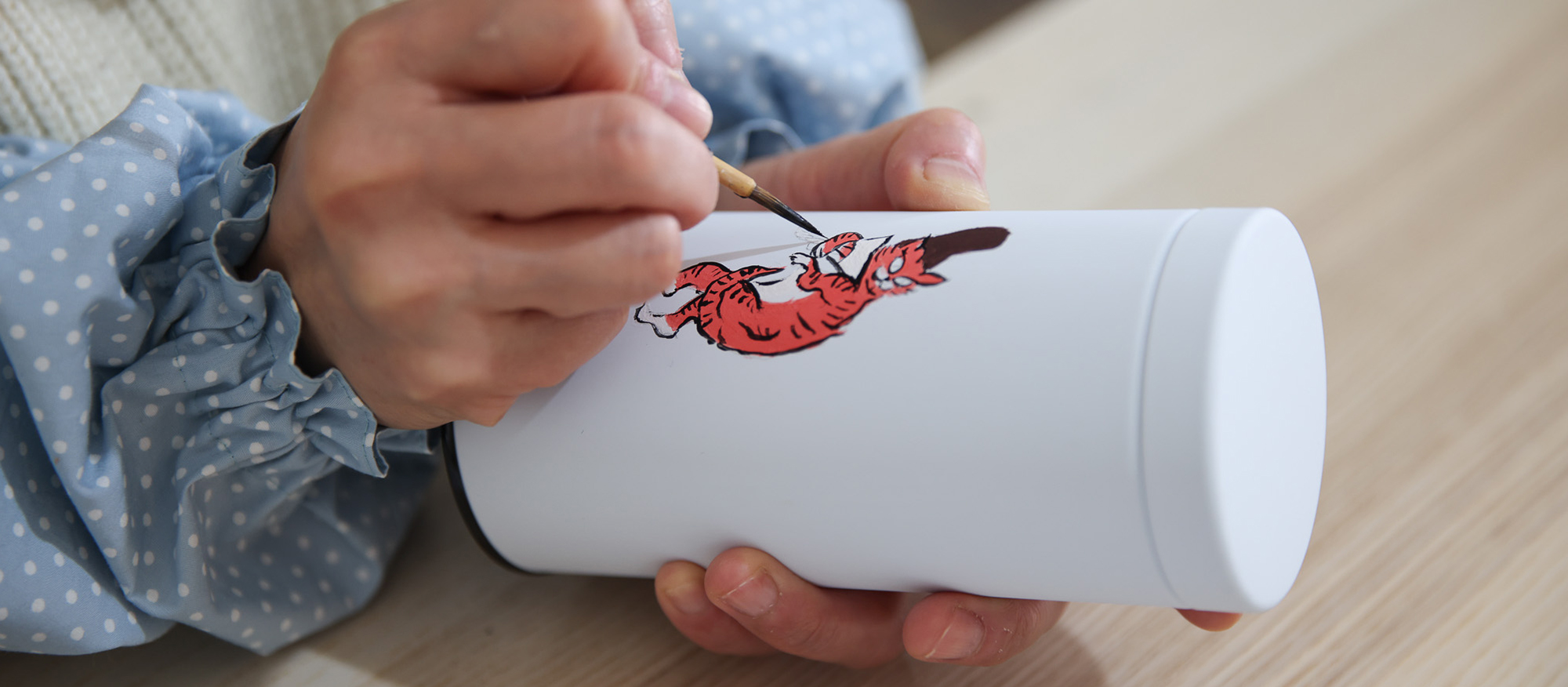
Living Zen by concentrating and immersing yourself
The presentation of the teacher is very beautiful and looks easy, but in reality it is difficult to draw a circular shape or to apply colors evenly.
The finished work is very cute, but rather than trying to draw it well, immersing yourself in this era is the theme of the Rojiura Journey experience, "it's time to immerse yourself and notice yourself now", " Zen". Hope you can feel it.
Tour Details
Tour Number 03
(including tea canister, painting materials, restoration instruction, 10 packets of Uji tea and interpreter/guide).
If one person wishes to attend, a fee of +JPY 13,200 will be charged.
*Children under elementary school age must be accompanied by a parent or guardian.
*The maximum number of participants may be changed without notice depending on the infection status of the new coronavirus.
From 3 days to the day before to the day before the day before the start of the trip 30% of the total
100% from the day before
If the painting material adheres to clothing, the painting material cannot be washed off.


